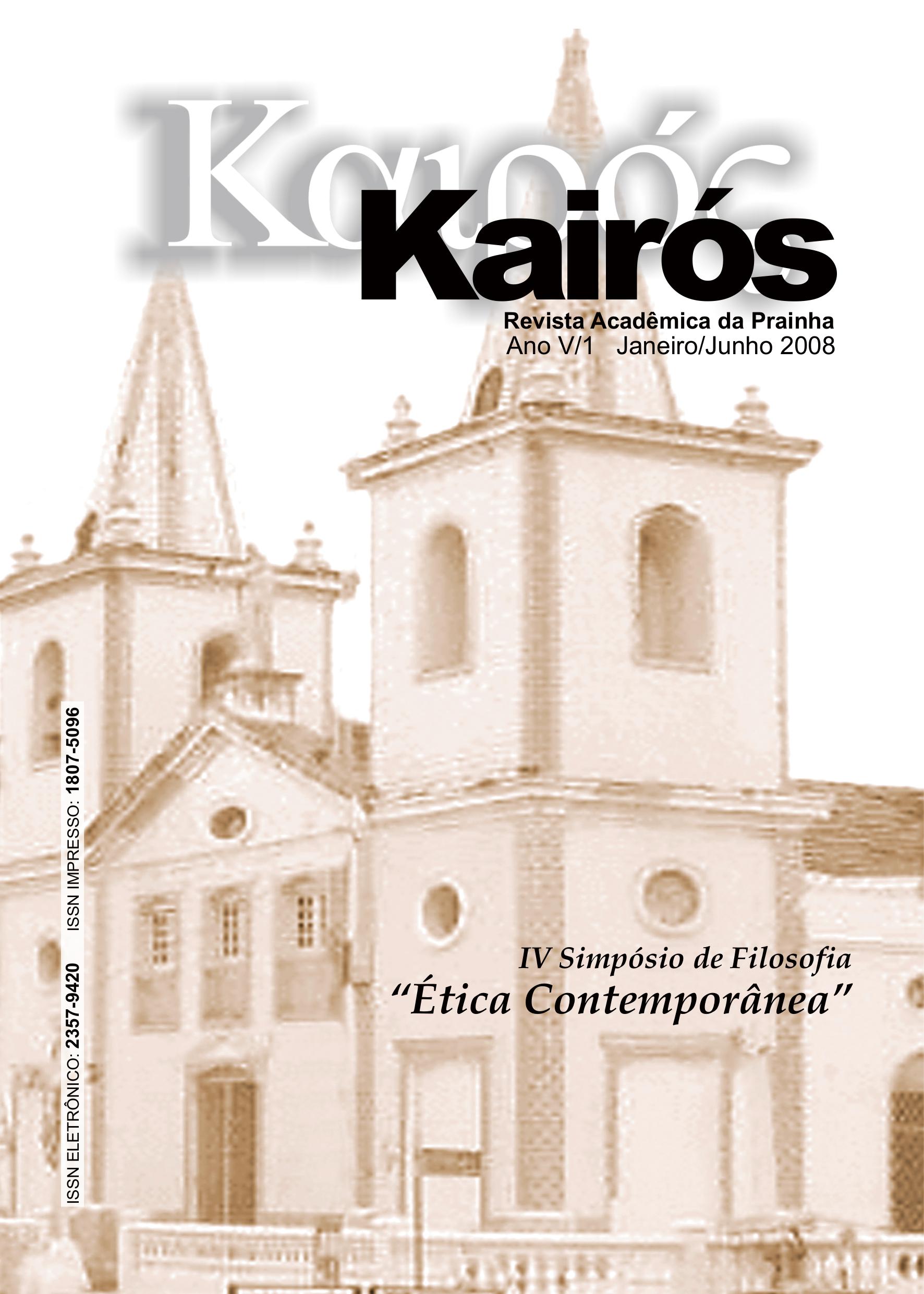Da antropologia à ética: a questão da corporeidade
Keywords:
Person. Unity. Relation. Body. Spirit.Abstract
There isn’t anything that the human being can do without the body. Then the new categorical empire: “to take care the body”, as in its symbolic use, under more different aspects the includes since religious aspect, mediated by scientific, historic, philosophic and even virtual and aesthetic, as yet in its material use, where it passes from subject to consumer, in a culture dominated by economy. Then from the human being’s structure, mediated by relations and sciences, we’ll arrive to an unitary vew of the human being. It’ll fit to philosophic anthropology coordinate this totality, aided by wisdoms of science and ethics. The structural unity mediate itself through three components those complete the being in its individuality: the category of corporeity , psychismus and spiritual category. In the dialectics of corporeity we have the body as material and intentional substance; as expressive dimension of human being, and as condition of possibility of the other dimensions of being body. In the dialectics of history, the corporeity has been object of search and study, since the beginning of Greek until philosophy contemporarity. In 20th Century, the singular body made, then, its entrance on science and also in the right.
References
MONDIM, J.B. O Homem, quem é ele? Elementos de Antropologia Filosófica. São Paulo: Edições Paulinas, 1980.
VAZ, Henrique Cláudio de Lima, Antropologia Filosófica I e II, Coleção Filosofia, Edições Loyola, 3. Edição, São Paulo, 1992, 1993
COURTINE, Jean-Jacques. História do Corpo – As mutações do olhar. O século XX. Corporeidade e teologia. São Paulo: Paulinas, 2005.
Downloads
Published
How to Cite
Issue
Section
License
Copyright (c) 2008 Kairós: Revista Acadêmica da Prainha

This work is licensed under a Creative Commons Attribution 4.0 International License.
According to the Creative Commons International 4.0 License, it is possible to:
1) Distribute the published material in any format, as long as the publication and referencing credits are duly given to Revista Kairós.
2) The copyright on the articles, reviews and translations published are from Revista Kairós, as well as the rights of first publication.
3) Authors who want to publish their manuscripts published in Kairós in other media (book chapters, for example), must duly refer to the first publication in Revista Kairós.
4) Authors have full right to publish their manuscripts published in Revista Kairós on their personal pages, and it is recommended to mention the journal.
To check the provisions of the Creative Commons 4.0 License, access here.

